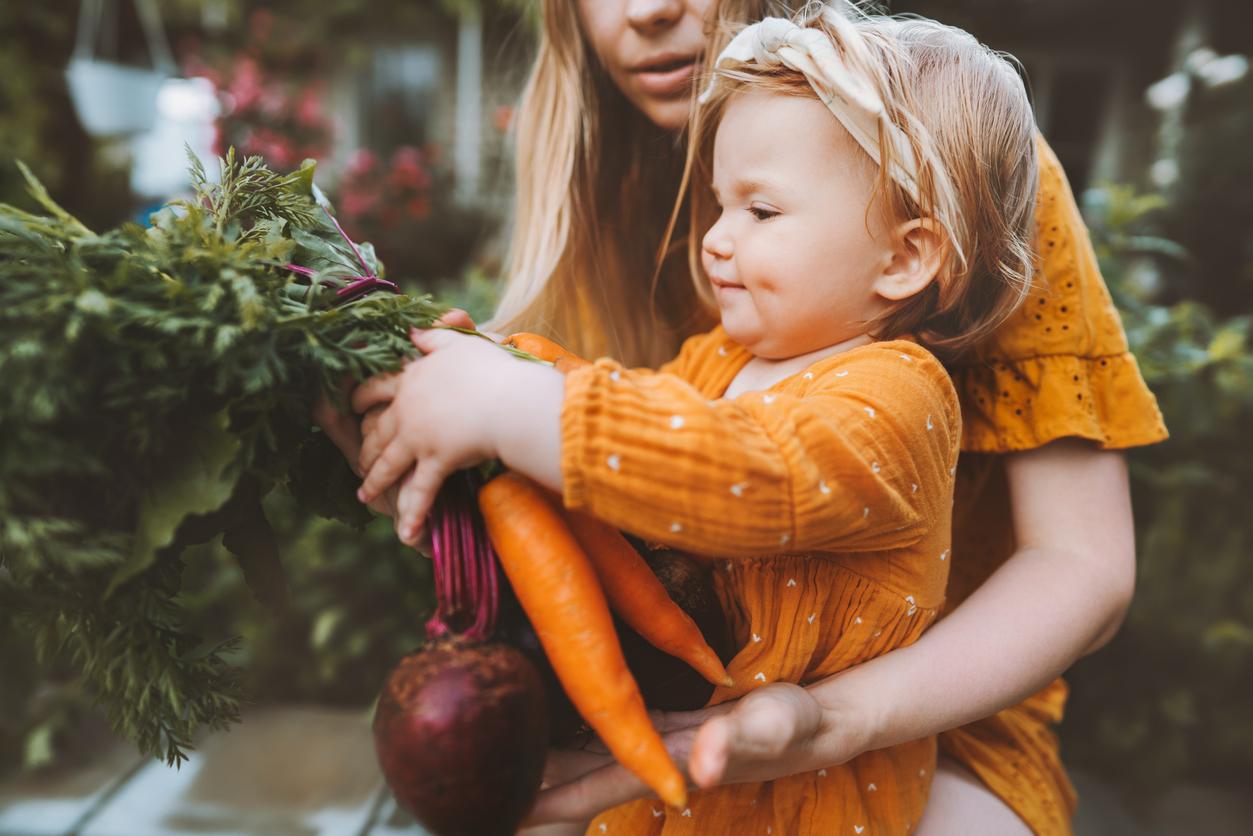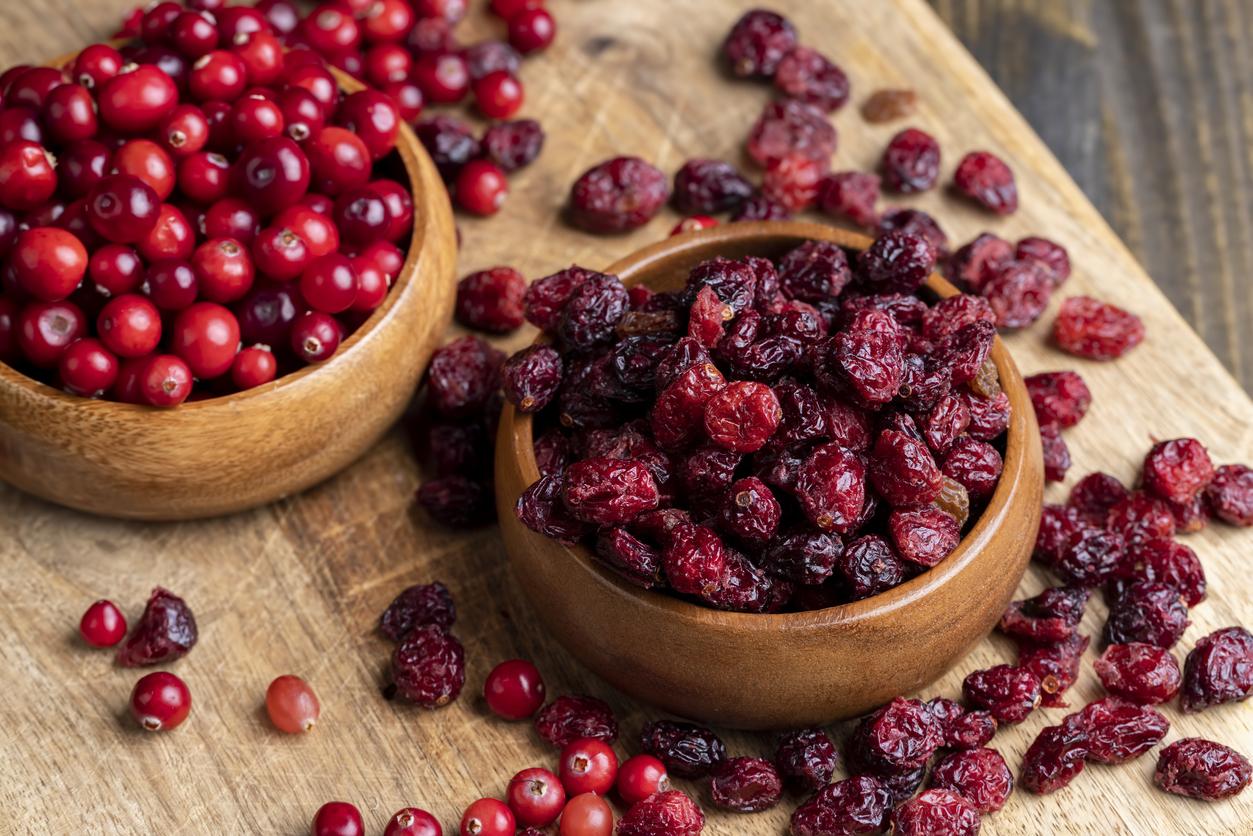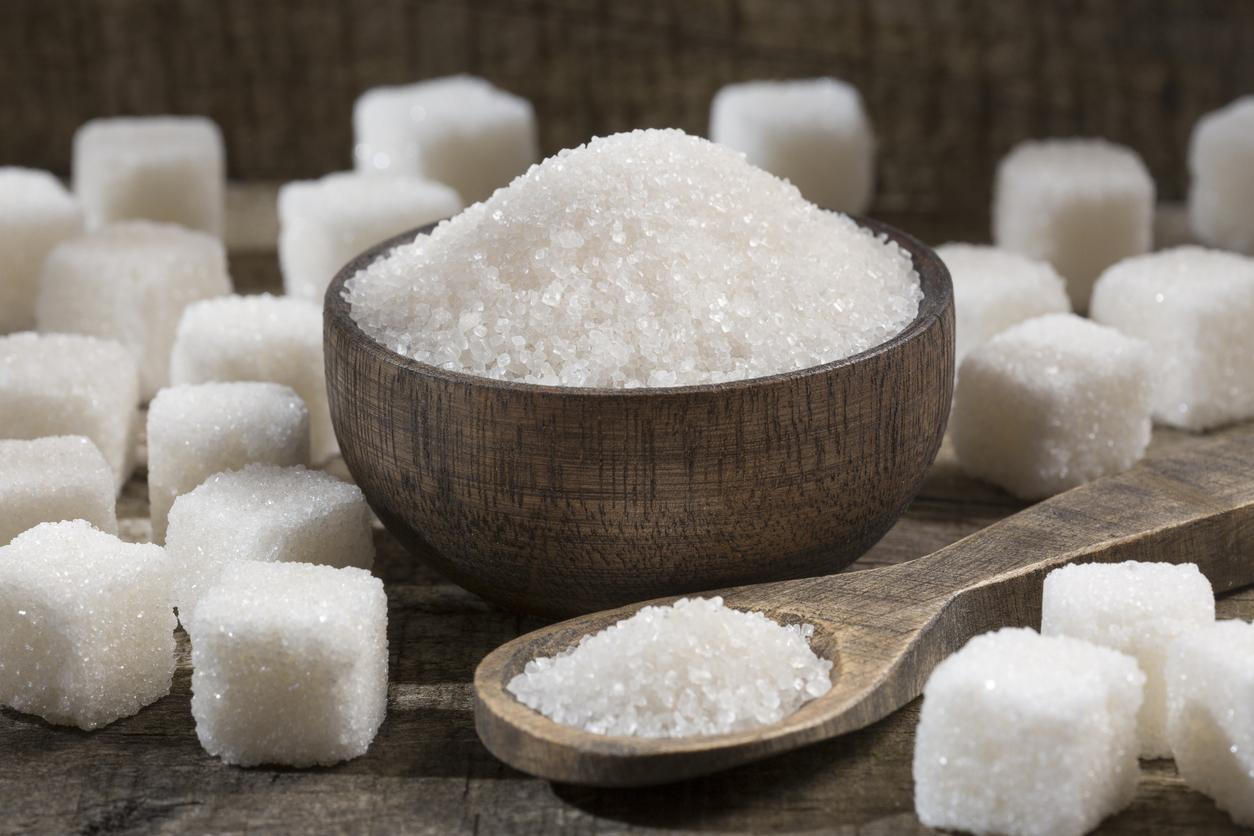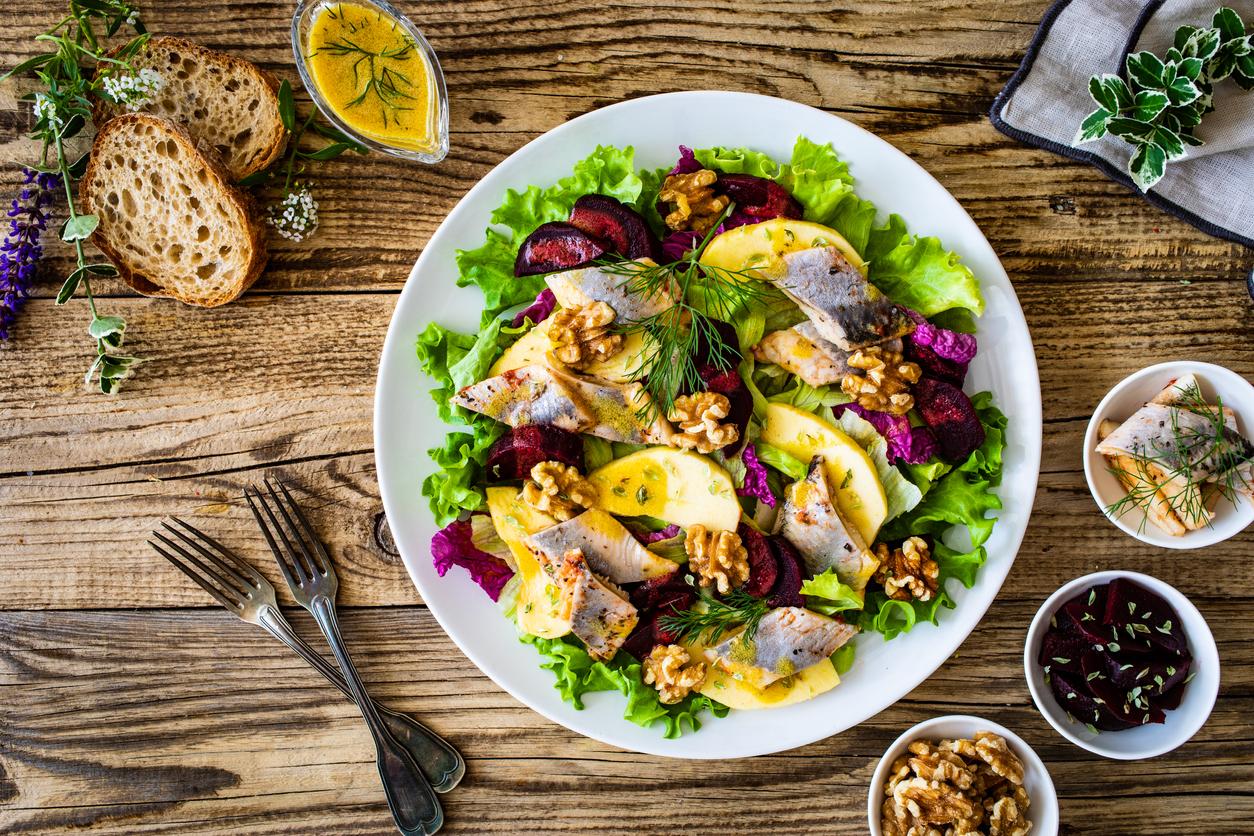
Sprouted potatoes are often stored incorrectly
Good question! In this section PlusOnline goes in search of answers to nagging questions. This time: can you still eat potatoes with offshoots?
If you leave potatoes – or potatoes, either – too long, they can develop offshoots; kind of white carrots. The same thing happens when you don’t store them properly. In the context of sustainability – and your wallet – you don’t want to waste food. Are potatoes with offshoots still edible or do they have to go into the organic waste bin?
Solanine
Each potato contains solanine, a substance that protects the tuber against fungi, insects and worms. It is a natural poison, which is created under the influence of light in the skin and in the foothills of the potatoes. You can recognize it by the green spots on potatoes. By the way, tomatoes can contain a related substance: tomatine. This only occurs in unripe (green) tomatoes.
Both solanine and tomatine are toxic in large amounts. They act on the nervous system and digestion. For example, you can get abdominal pain, diarrhoea, drowsiness and lethargy. It is also said that these substances have a negative influence on your joints. The toxins are hardly broken down by heating.
The solanine content of potatoes can vary greatly. A permitted maximum level has been established for potatoes. This is 20 milligrams of solanine per 100 grams of potato. Today, potato varieties are grown with lower solanine levels. But due to damage or storage of the potatoes in (sun) light or in a cold and humid environment, the solanine content of potatoes increases. Therefore, store potatoes in a dark, cool and dry place such as the cellar or a storage room.
Can you eat those sprouted potatoes?
Fortunately, you can still eat potatoes that have run out, so you don’t have to throw them away. When they have sprouted, they are often a bit tougher and contain fewer vitamins. The solanine is mainly in the foothills, if you cut them well, there is nothing to worry about. In addition, peel away brown, bruised and green spots well, even when the potatoes are eaten in their skins.
Or you grow new potatoes with it
If you prefer not to eat sprouted potatoes, you can always plant them. This way you don’t have to throw anything away and you have your own fresh potatoes within a few months.
- Place an empty potting soil bag or jute bag in a sheltered spot where it gets at least 4 hours of sun a day and is protected from rain and frost.
- Fill the bag with a thick layer of potting soil (approx. 20 cm). Push two to three potatoes equally spaced into the soil with the shoots facing up. Cover the earth.
- Water the potatoes immediately after potting. After that, continue to water regularly. The soil should always feel moist, but the water should not be standing on top of it.
- After a week, the first shoots appear. Grow these until they are about 6 inches (15 cm) high. Then add a layer of 10 cm of soil.
- Top up with soil every three weeks until the planting bag is full.
- You can harvest after a few months. Cut open the bag and take out your potatoes. You will see that they have multiplied quite nicely.
Sources):
















